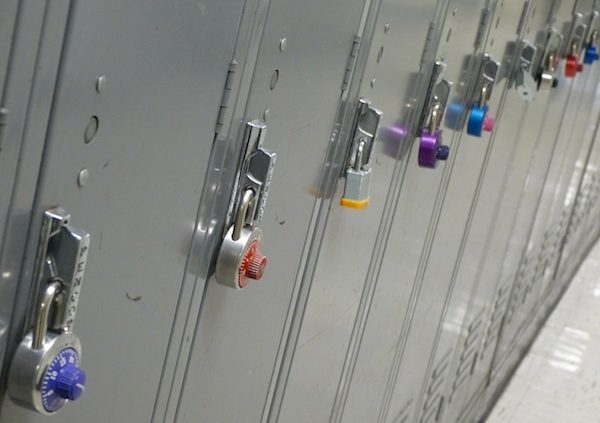Determining the Lifecycle Cost of Lockers: Metal vs HDPE
When you’re choosing the lockers for your school or facility, there are a variety of factors at play that you need to consider, not just for the immediate future, but for the long term. Choosing the right material for your lockers is crucial if you want to have functional storage compartments, but you’ll also want durable lockers that’ll last the years so you can get the most out of them without having to ensure a costly replacement years down the line. Making the right decision can end up saving you the costs for replacements and even maintenance. Learn more about the lifecycle cost of your lockers and the difference in cost between metal and HDPE lockers over time.
Choosing the Right Materials
Metal lockers have been the standard for a long time due to their durability, but they’ve received some criticism over the years because of the constant upkeep and maintenance that they require. Lately, some facility managers have been gravitating toward HDPE (high-density polyethylene) lockers because of the low-cost maintenance, durability, and their longevity. But in order to make the decision, you need to learn the benefits of both materials.
Metal Lockers vs HDPE Lockers
Both metal and HDPE lockers provide a strong construct that can last a long time and perform effectively for years. However, as most facility managers have learned, metal lockers are actually susceptible to a variety of factors and issues that can result in costly and recurring maintenance. HDPE requires very little maintenance over the years, resulting in less costs and a longer lasting material.
Metal lockers are susceptible to mold growth. Whether it’s in the locker room, or a lengthy corridor, moisture and humidity will cling to the metal. Over time, unsightly mildew will begin to sprout, resulting in a foul smell and a drop in air quality. Ridding the lockers of mold and mildew can be a costly and repetitive endeavor.
HDPE materials, on the other hand, are made of solid plastic. Mold can’t penetrate its thick construction, and its exterior is impervious to humidity and moisture. HDPE lockers are also resistant to impacts, scratches, and dents, and even graffiti can be eradicated with a simple wipe.
Benefits of HDPE Lockers
There are numerous benefits to choosing HDPE lockers over metal ones. The most obvious is cost. Metal lockers require a lot of maintenance and upkeep over the years, whereas HDPE lockers don’t require extensive repairs of cleaning. In a study conducted over 20 years, HDPE has been proven to not only last longer, but require less maintenance. Within two years, HDPE lockers are less expensive than metal lockers.
Because of the low cost of maintenance with HDPE lockers, you don’t have to repaint them. This has the added benefit of keeping VOCs (volatile organic compounds) emissions out of your facility’s air. HDPE lockers are also less noisy than metal lockers, without the loud clanging whenever the lockers are shut. If you’re looking for low-maintenance, cost-effective, and long-lasting lockers, then HDPE is one of your best options.
Want to learn more about the benefits of HDPE lockers? Read The Ultimate Guide to HDPE Plastic Lockers, courtesy of Scranton Products.









